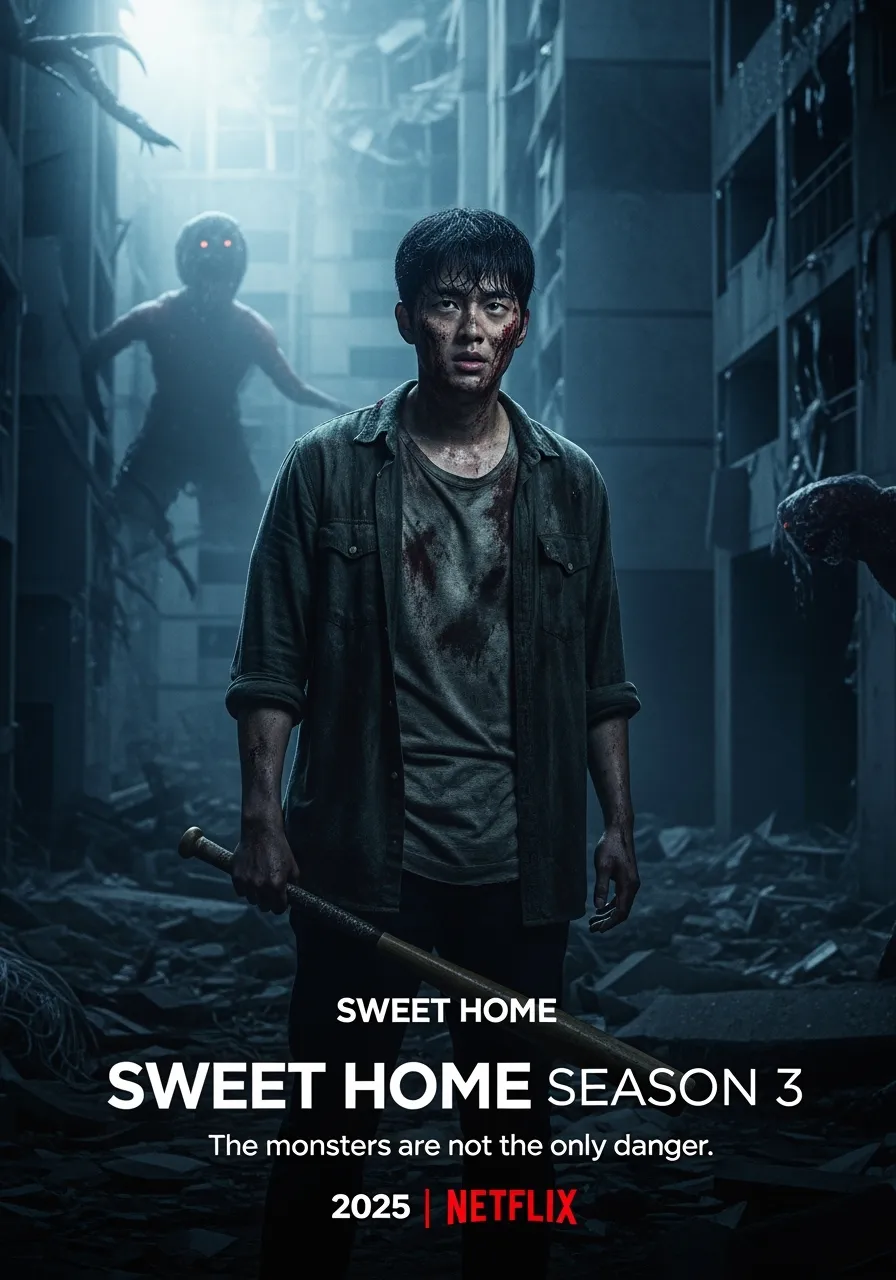🦋 Introduction: A Dark Legacy Fulfilled
Maleficent 3: The Black Fairy is not just the conclusion of a fantasy trilogy — it is a transformation. Directed by Joachim Rønning and led once again by Angelina Jolie’s iconic embodiment of the Dark Fae, this final chapter delves deeper into lore, lineage, and the inescapable collision between fate and free will. What began as a revisionist fairy tale has now become a mythic epic — one where magic is no longer just beautiful, but broken, and where darkness is not the enemy but a legacy.
🌑 Plot Summary: Bloodlines, Betrayals, and the Rise of True Power
Years after the uneasy truce between the Moors and the human realm, Maleficent has withdrawn into the deeper forests of the Fells, watching silently from the shadows. Peace, though fragile, has held — until now.
When a forbidden spellbook is stolen from the Vault of Thorns, ancient enchantments begin to unravel. Ruins across the realm pulse with cursed light, and whispers speak of the return of a banished name: The Black Fairy, once erased from fae history, now resurrected in vengeance. With wings of darkness and a crown forged in betrayal, she commands forgotten magic — older and crueler than anything Maleficent has ever faced.
Worse still, they share more than magic — they share blood. In a devastating revelation, the Black Fairy is unveiled to be Maleficent’s own mother, exiled for crimes unspeakable, now reborn through dark rituals.
To stop her rise, Maleficent must forge an unlikely alliance with Kaela, a rogue warrior fae cast out for harboring human blood. Together, they journey across crumbling realms, through flame deserts and skyfall chasms, seeking the source of the dark rune — and the truth behind the Black Fairy’s exile.
But as Maleficent’s powers begin to mirror those of her enemy, she must face a chilling question: Has darkness always been her inheritance? Or is it now her choice?

🎭 Performances: The Heart Beneath the Horns
Angelina Jolie returns with a performance that is both haunting and regal. Her Maleficent has never been more nuanced — no longer a misunderstood villain or a reluctant guardian, but a queen torn between heritage and defiance. Her grief, her fury, her tenderness — all play across Jolie’s face like spells woven in silence.
Charlize Theron, as the Black Fairy, is a revelation. Cold, calculating, and yet laced with the pain of betrayal, she doesn’t just play a villain — she plays a mother who sees her daughter as the one thing left to conquer. Their confrontation scenes crackle with restrained power — not thunderous battles, but emotional sieges.
Tati Gabrielle as Kaela is the film’s heartbeat. Fierce, cynical, yet driven by a sense of belonging, she offers the new generation of fae — fractured by history, uncertain of tradition, and desperate to choose their own magic. Her dynamic with Maleficent is not sidekick to mentor, but one of mutual recognition.

🎨 Visual Style: Enchanted Gothic Reborn
The film is visually stunning — darker than its predecessors, both in tone and texture. The Moors are no longer golden glades but shadowed forests carved by flame and frost. The Black Fairy’s domain is a nightmare of inverted towers, floating obelisks, and runes that bleed light. Every frame feels painted in dusk — a blend of shadowy elegance and elemental fury.
Costume designer Ellen Mirojnick crafts iconic new looks for both Maleficent and the Black Fairy — horns of obsidian lace, armor grown from thistle and thorn, wings shimmering with hexed iridescence.
The final battle sequence — not a war of armies, but of spellcraft and memory — is a visual poem of destruction and inheritance.

🧩 Themes: Inheritance, Identity, and the Choice to Break Cycles
Where the first film was about perception, and the second about diplomacy, The Black Fairy is about legacy. The central conflict is not good versus evil, but the story you are told versus the story you choose to live.
Maleficent, once feared for her magic, now fears the origin of it. Kaela, born of two worlds, must reject both to forge a new one. And the Black Fairy, so consumed by vengeance, becomes the warning of what happens when power is pursued without purpose.
The film dares to ask: Are we destined to repeat the magic of our mothers? Or can we break the curse before it consumes us all?

❌ Critique: A Few Thorns Among the Roses
-
Some secondary characters from previous films, like Aurora and Diaval, are pushed to the sidelines, their arcs left underdeveloped.
-
The Black Fairy’s origin, while captivating, could have benefited from more early buildup across the trilogy.
-
The film's pacing in the second act slows amidst heavy exposition — though it rewards patience in the climactic finale.
🧨 Conclusion: A Fierce Farewell to a Dark Fairy Queen
Maleficent 3: The Black Fairy is not just a fantasy film — it’s a myth laid bare. It takes the Disney archetype and stretches it until it cracks — revealing the scars, the bloodlines, and the possibility that even the darkest legacies can birth something luminous.
Angelina Jolie's Maleficent began as a misunderstood villain. She ends as something far greater: a mother, a monarch, a myth — and a symbol that light and darkness are no longer enemies, but entwined destinies.
⭐ Final Rating: 9.0/10
Dark, daring, and emotionally rich — a spellbinding final chapter that crowns the legend of Maleficent with fire, fury, and grace.
-1-1749519469-q80.webp)

-1748427036-q80.webp)

-1740282288-q80.webp)